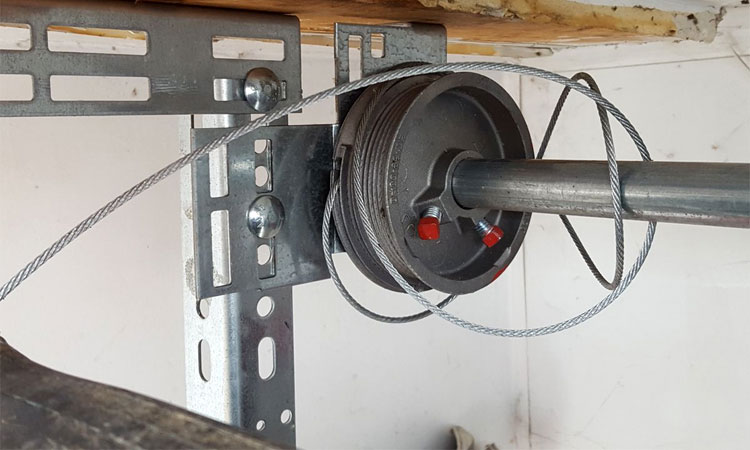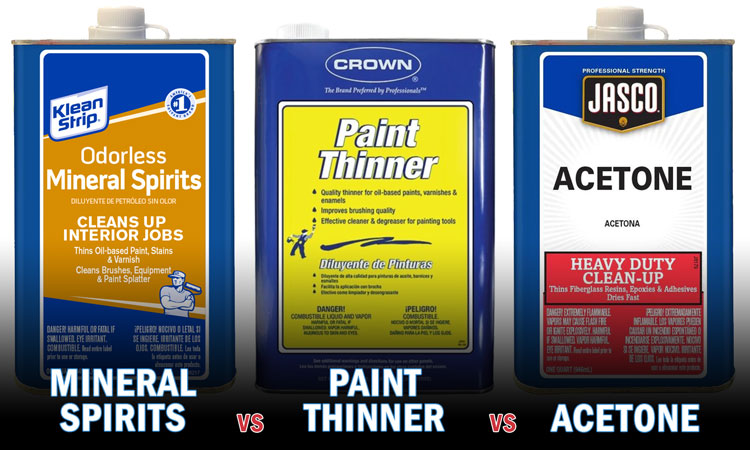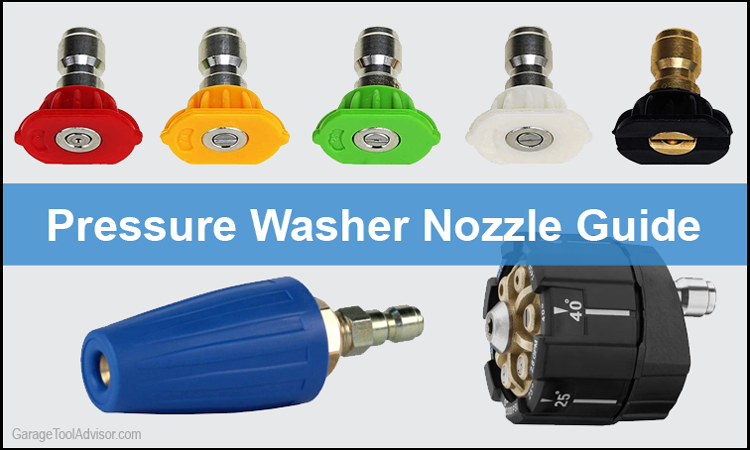How to Use a Shop Vacuum to Its Fullest Potential
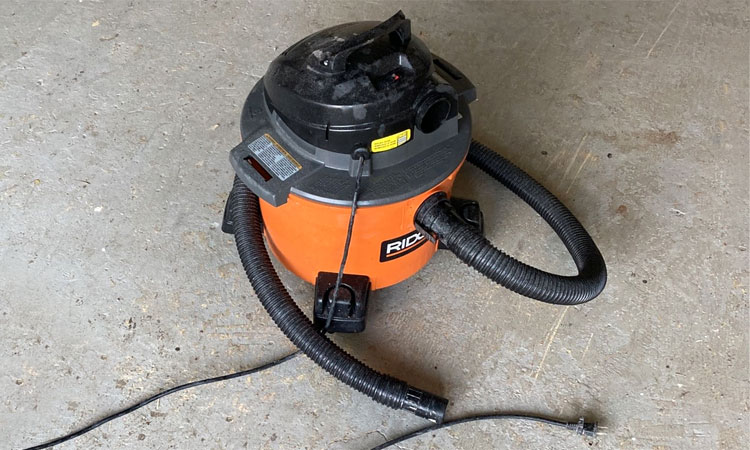
You’ve probably owned a shop vacuum at some point, own one now, or heard plenty of recommendations to buy one, but few people know how to use a shop vacuum to its fullest potential.
A shop vacuum (or wet/dry vacuum) is commonly referred to as a “Shop Vac” which is actually one brand of shop vacuum. Unlike a regular vacuum cleaner, it can perform a wide variety of cleaning tasks. Here’s everything you need to know about the function and maintenance of this useful cleaning tool.
Shop Vacuum Uses
There are quite a few uses for a shop vacuum beyond basic cleaning. This makes them insanely versatile around the house. The following are some common everyday uses and some uses that you might not have thought of.
Dust Collection
Obviously, this is where a shop vacuum truly shines. Use it for basic dust, clearing ashes from the fireplace, rodent droppings in the garage, collecting dust when sanding concrete or drywall , sucking up pet hair from your carpet and couch, and cleaning out the car.
You can even use it to clean up food spills in the kitchen or suck up spider webs and dead (or live) bugs. There’s really nothing a regular push broom can do that a shop vacuum can’t.
Pro Tip: Use the shop vacuum in the workshop to collect sawdust, making sure the tank’s clean first. Dump the contents into a container afterwards. You can use some types of sawdust for home smoking meat, as well as many hobby projects.
Water Pickup
That large container isn’t just for dirt and these vacuums are known as wet/dry vacs for a reason. Thanks to their design, a shop vacuum can also pick up water. Use it to help clean up a flooded basement, or dry off inflatable water craft, toys, and swimming pools. You can also clean up random liquid spills around the house.
To convert for water pickup, most wet/dry vacs will allow you to move the standard paper filter but leave a foam sleeve in place. When done, simply dump the water. The ability to pick up both debris and liquid makes your shop vacuum perfect for cleaning out the gutters, as well.
As a Blower
One of the most underappreciated features of these vacs is the ability to attach the hose to its exhaust port. This turns your vacuum into a blower that can perform a range of chores that normally require extra equipment.
For example, your shop vacuum can be effective against leaves or snow. You can also get an attachment that allows you to inflate toys, air mattresses, and many other items. Where a small air compressor would struggle to inflate good size inflatable pool, a shop vacuum would get it done quickly.
Thus, your vacuum can save space and money by replacing the need for additional air pumps or even larger air compressors.
Object Retrieval
Shop vacuums are very powerful and the range of attachments and hose sizes make them excellent for picking up items. Collecting those LEGO bricks and loose change from the couch cushions is a breeze when you use your vac.
Just make sure the tank is clean first, and you can then easily retrieve or dump the collected items afterwards.
This trick also works well when you need to feed wires through a pipe. Once you get the wire started from one end, use the suction from the shop vacuum on the other end to easily pull the wires through.
See Also: How to Use a Pole Saw
Fun and Games
You can enjoy some fun with your vacuum. In addition to its ability to inflate toys, you can also use the blower settings to play fetch. Simply stick a ball on the end and tap the power to shoot the ball. For once, your dog will get tired before you do.
How to Clean and Maintain a Shop Vacuum
Keeping your shop vacuum running smoothly requires more than just emptying the canister occasionally. The following tips will help you get the most out of your vac every time you use it.
Air Vents
There are air vents located above the motor that allow heat to escape and cool air to flow over the motor when it’s running. Check occasionally to ensure there is no dust or debris cluttering these vents.
Canister/Tank Cleaning
Due to the wide range of materials your shop vacuum picks up, it is important to keep the canister clean. Begin by wiping off any dust from the outside with a damp cloth. Then wash the inside with warm, soapy water. Rinse and dry thoroughly with a cloth.
Disinfecting the tank should be done occasionally and especially right before putting the vac into storage. Simply pour in a gallon of water and add one teaspoon of chlorine bleach. Allow the canister to soak for 20 minutes, swishing every few minutes to ensure the entire interior gets coverage.
At the end of the 20 minutes, dump the bleach water and rinse until you can no longer smell bleach. Wipe dry with a cloth. You can also use vinegar to clean it although you’ll need at least a cup of it.
 Cleaning a Shop Vacuum Filter
Cleaning a Shop Vacuum Filter
You will want to handle the filter carefully to avoid damaging it. Large debris can be removed by gently tapping it while it remains in the housing. For removal of dust and other fine particles, however, it is best to rinse the filter under gently running water. Allow the filter to completely dry before replacing.
Tubes and Attachments
Sometimes things can get stuck while you’re vacuuming. These obstructions can interfere with suction and reduce the efficiency of your vac. Check these components after using them to pick up any larger objects to ensure they’re clear of debris.
 Vacuum Bags
Vacuum Bags
While collection bags are highly recommended when collecting dust, dirt, or drywall dust, they are not necessary for standard debris. But if you want extra protection for the motor and to make for easier cleanup, use a collection bag that’s sized right for your model of shop vacuum.
Make sure the bag isn’t full or the performance of your vac will suffer and it may even lead to the motor overheating. Simply replace with a new bag (don’t attempt to empty it out and reuse) since they are fairly inexpensive.

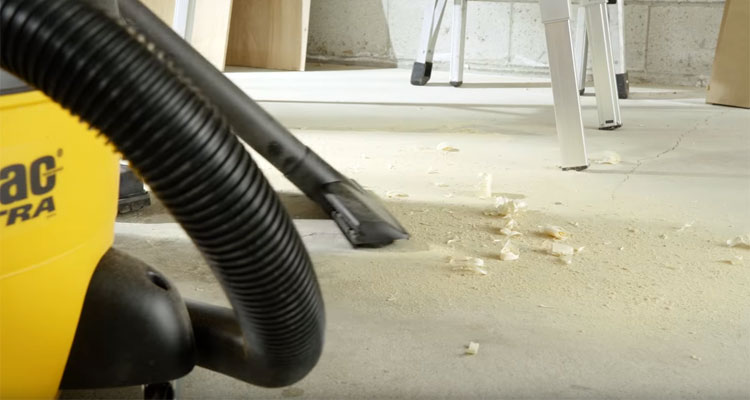
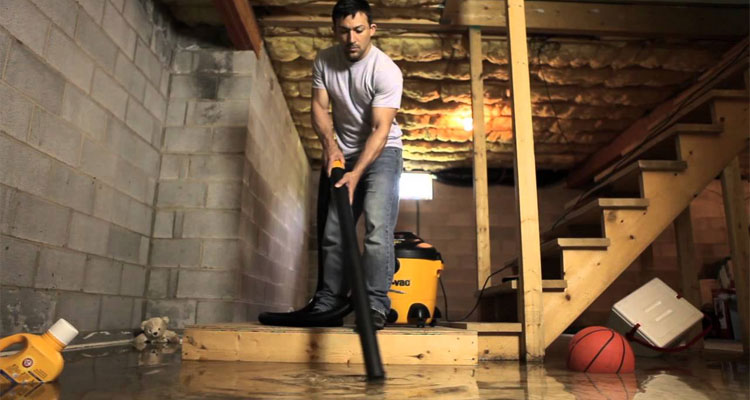
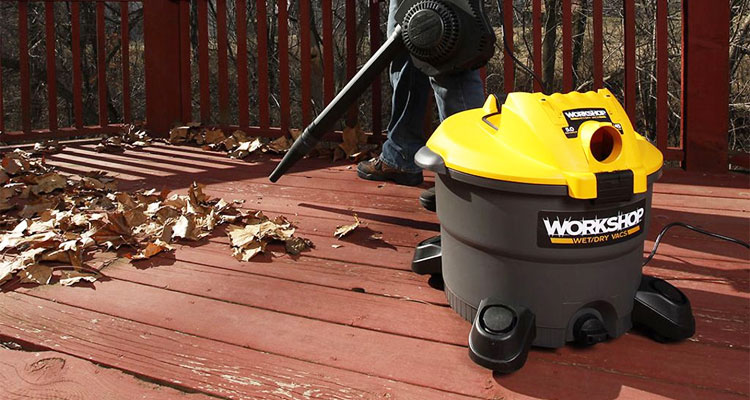
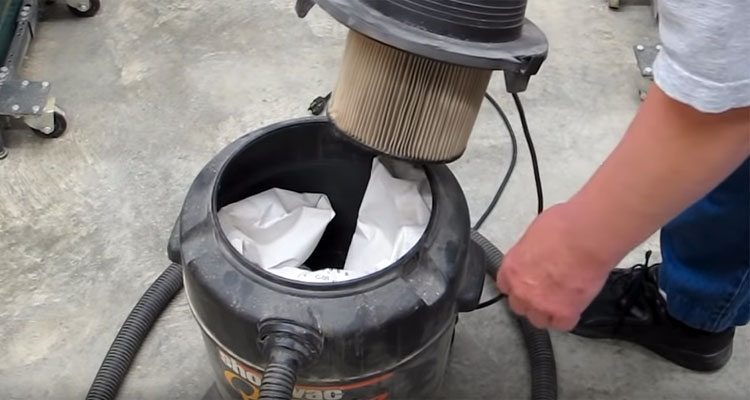
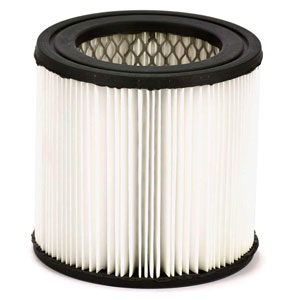 Cleaning a Shop Vacuum Filter
Cleaning a Shop Vacuum Filter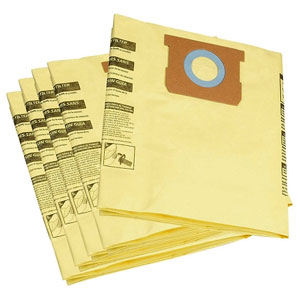 Vacuum Bags
Vacuum Bags
